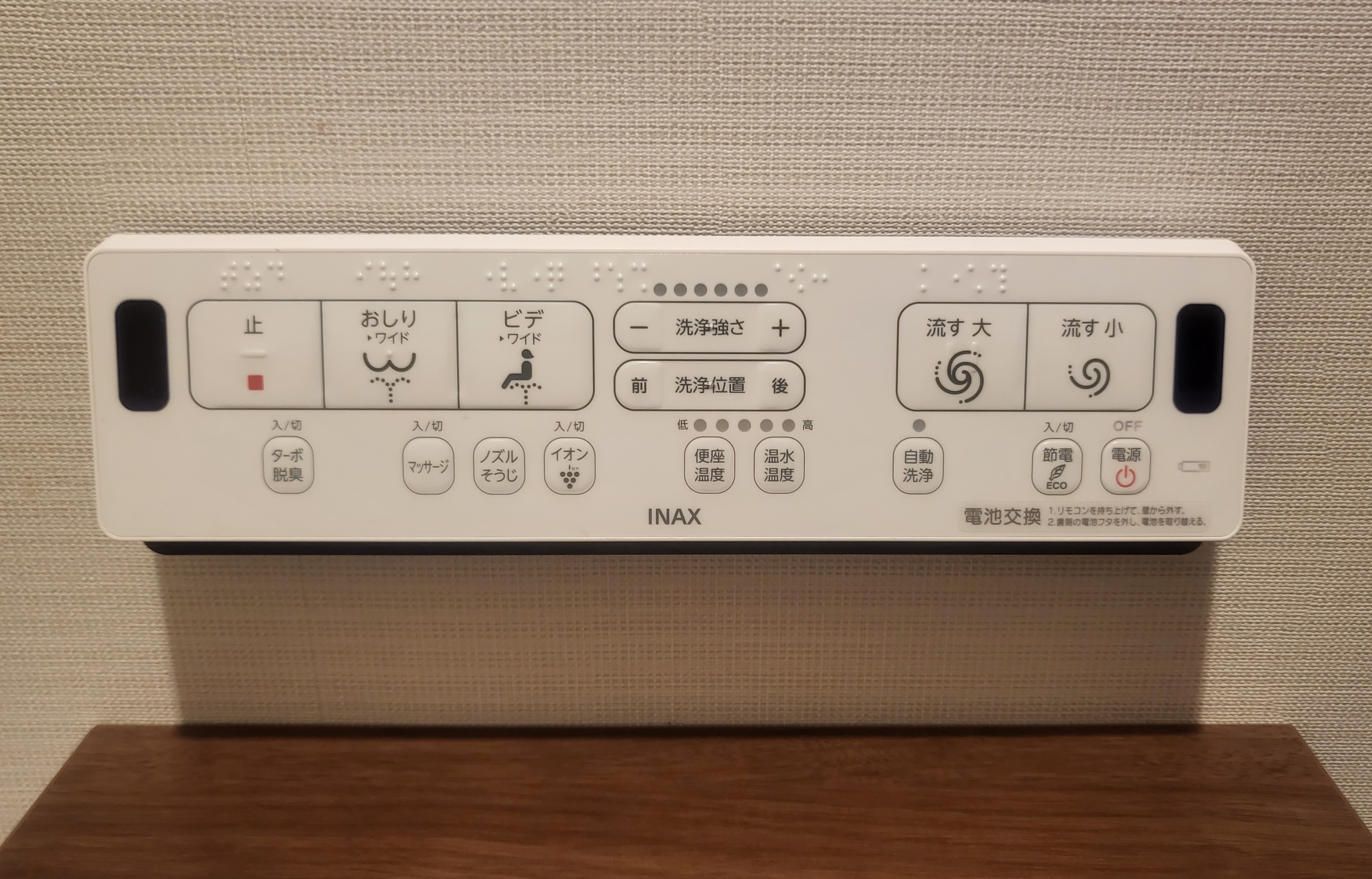The Magic of Japanese Toilets
Elevating Bathroom Comfort: The Marvels of Japanese Toilets
Travel blogger, Foodie, Self-taught Crocheter

The Magic of Japanese Toilets
If you've ever visited Japan or heard about their futuristic technology, you might have come across one of the most remarkable inventions - the Japanese toilet. These high-tech marvels are not your average toilets; they offer an array of features and benefits that can turn a routine visit to the bathroom into a luxurious experience.
What is a Japanese Toilet?
A Japanese toilet, also known as a washlet or bidet toilet seat, combines the functionality of a toilet and a bidet. It features advanced functions like warm water cleansing, warm air drying, heated seats, built-in deodorizers, and even music to mask any embarrassing sounds.
Benefits of Using a Japanese Toilet
There are several reasons why everyone should consider having a Japanese toilet in their homes. Here are just a few of the benefits:
- Enhanced hygiene: The warm water cleansing feature ensures a thorough clean, promoting better personal hygiene
- Sustainability: A built in bidet greatly reduces the reliance on toilet paper which contributes to sustainability efforts.
- Comfort: With heated seats and adjustable settings for water temperature and pressure, using a Japanese toilet provides a comfortable experience, especially during cold winter months.
- Odor control: Many Japanese toilets come equipped with built-in deodorizers, eliminating unpleasant odors and ensuring a fresh-smelling bathroom.
- Accessibility: Japanese toilets often have features like automatic lids, self-cleaning functions, and easy-to-use controls, making them more accessible for people of all ages and abilities.
Electricity and Water Usage
Despite their advanced features, Japanese toilets are designed to be energy-efficient. Most models have sensors that detect when the toilet is in use, activating the seats heating and water functions only when needed. This helps minimize energy consumption and reduce the overall impact on the environment.
When it comes to water usage, Japanese toilets use water more efficiently compared to conventional toilets. The bidet function requires a small amount of water, which is far less than what would be used with toilet paper.
How much is a Japanese Toilet
A Japanese toilet price can vary depending on the brand, model, and features it offers. On average, a basic bidet toilet seat can range from $200 to $500. More advanced models with additional features can cost upwards of $1000.
Though the initial investment might seem high, considering the numerous benefits and long-lasting durability, it can be a worthwhile investment.
In conclusion, the magic of Japanese toilets lies in their innovative features that enhance personal hygiene, comfort, and accessibility while promoting sustainability. With their efficient water and energy usage, these high-tech toilets are becoming increasingly popular worldwide. If youre looking to upgrade your bathroom experience, a Japanese toilet might just be the perfect addition to your home.
Author
Wen Lin
Travel blogger, Foodie, Self-taught Crocheter
When not weaving tales, you can find me with my hands in the soil of my ever-evolving garden, a crochet hook creating cozy wonders, or onto my next culinary adventure. Travel is my constant source of inspiration, with experiences from different destinations finding their way into my stories.


